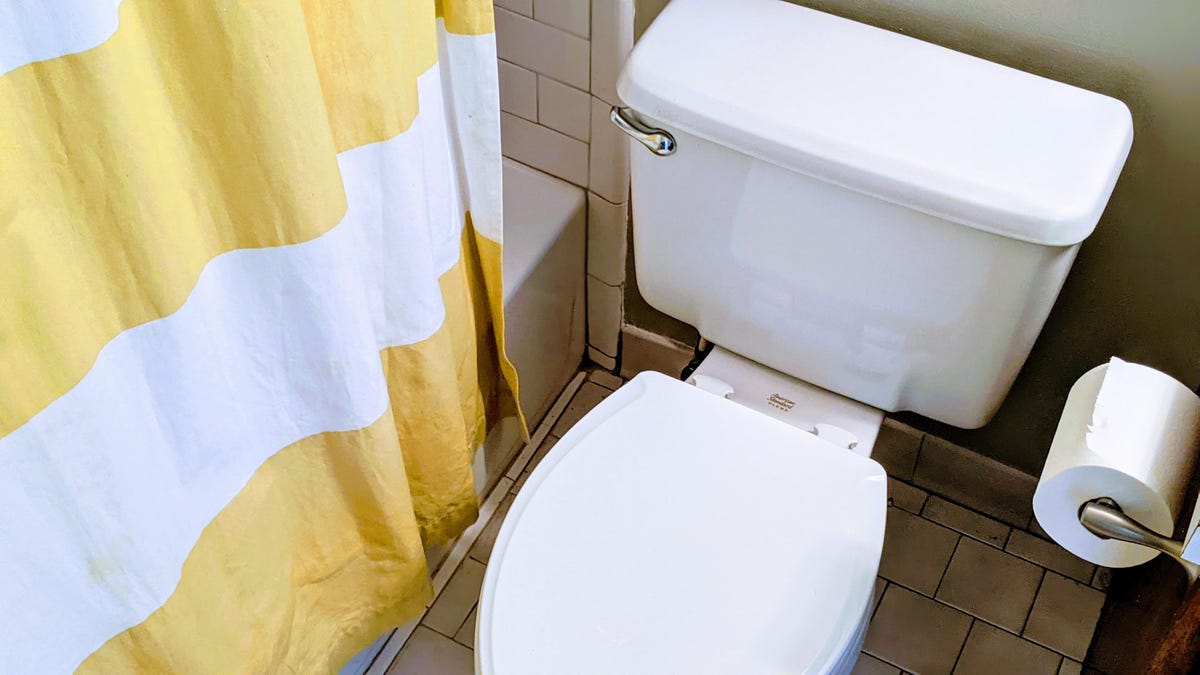External hard drives don’t get nearly enough credit. They’re the quiet workhorses holding all the oversized files we can’t afford to store on our PCs, the photo and video collections we’d be heartbroken to lose, and those backups we pray never have to earn their keep. They’re handy, easy to toss in a bag, and usually not too pricey either. Yet for all their usefulness, they are not nearly as tough as they look. Underneath the plastic or metal casing is fragile hardware that can give up the ghost so fast, especially if you’re rough with it.
Most drives don’t suddenly drop dead because of some dramatic disaster. It’s usually the small, careless habits that wear them down over time. If you treat them kindly, they’ll stick around. If you don’t—well, one day you might plug it in and be greeted with silence.
Yanking the cable without ejecting
Your hard drive hates sudden surprises
It takes barely a second to hit the little “eject” icon, but plenty of people skip it and just tug the cable out. That shortcut can come back to bite you. Your computer doesn’t always write files straight to the disk in real time—it uses caching, which means the system might tell you the transfer is finished while it’s still quietly moving bits in the background. If you yank the cord prematurely, you risk ending up with half-written files or subtle corruption that chips away at the file system over time. Eventually, that can snowball into mount errors or even force you to reformat your hard drive.
There’s also the hardware side of it. Safe ejection allows your hard drive to park its read/write heads and spin down in an orderly way. Pulling the plug mid-process interrupts that, and while modern drives do have emergency safeguards, relying on those too often only adds wear and raises the odds of failure—especially if data is being written at the time.
In short, always eject your drive before disconnecting the cable.
Moving it around while it’s running
Hard drives hate going for a walk or a jog while working
External hard drives are portable, but they’re not built to operate while moving. Inside a mechanical unit, the read/write heads hover only nanometers above spinning platters, and even a minor jolt can force them into contact with the disk surface. This can leave scratches or destroy data sectors outright that no software trick can undo.
It doesn’t even take a dramatic drop to cause chaos. Shifting a wobbly desk during a file transfer, lifting a laptop with a drive still plugged in, or even tilting the enclosure while it’s busy can be enough to cause problems. The safest approach is to keep the drive as still as a statue while it’s powered on. If you need to move your setup, eject and unplug the drive first so it can park its heads and wind down gracefully.
If you really need portable storage that can withstand being jostled, consider an external SSD. It is far more resilient thanks to its solid-state design and lack of moving parts.
Stashing it in hot, dusty, or damp places
Your drive isn’t a desert camel
External drives may look like tough little bricks, but they’re sensitive to their surroundings. Tucking a drive into a hot backpack, leaving it inside a parked car, or stashing it in a drawer with no airflow can expose it to sustained high temperatures. This accelerates wear on internal components and raises the odds of sudden failure.
Dust is a slower menace. It can creep into port connectors and cause unreliable or loose links that lead to unexpected disconnections and data errors. Moisture is another one. High humidity, condensation when moving between cold and warm spaces, or storage in damp spots can corrode circuitry or trigger short circuits inside the electronics.
If you want your drives to last, give them a decent home: somewhere cool, dry, and with room to breathe. A padded case adds protection during travel, and silica gel packs or other desiccants help guard against humidity over the long term.
Relying on cheap cables and sketchy hubs
Bargain accessories can become expensive trouble
The cable that connects your external drive to your computer may look like a throwaway accessory, but in reality, it’s the lifeline of the entire setup. Cheap cables are often made with low-quality wires that can’t deliver steady, reliable current. That instability translates into random disconnects, voltage drops, and, in the case of mechanical hard drives, stress on the motor that keeps the platters spinning. Each of these interruptions is like a small jolt to the electronics inside, and over time, those jolts add up, sometimes ending in premature failure.
USB hubs can be just as problematic, especially if they aren’t powered. An unpowered (bus-powered) hub splits the limited juice from one port across several devices. That’s unacceptable for USB-powered 2.5″ drives, which may disconnect during transfers, corrupt files, or even confuse firmware. Desktop 3.5″ drives rely on external power, but a weak or noisy hub can still destabilize the data connection.
The safest thing is to stick with the high-quality cable that came with your drive. If you need a replacement, buy one from a trusted brand that’s certified for both data and power. If a hub is necessary, ensure it’s powered, drawing electricity from a wall outlet, so that every device connected to it receives the steady supply it needs.
Constantly filling it to the brim
Drives need breathing room, too
It’s easy to think of an external drive as a bottomless dumping ground where you can keep piling on files until it gasps for air. The problem is that stuffing it to the brim slowly chips away at both speed and lifespan.
For mechanical hard drives, the problem is that once the easiest spaces on the platters are filled, new data ends up scattered across whatever slivers remain. The drive’s read/write heads then have to dart back and forth to piece everything together, which slows performance and puts added strain on the moving parts.
SSDs play by different rules, but they don’t like being crammed either. When space runs low, the controller has fewer free blocks to shuffle data around during wear leveling and garbage collection. That limitation increases what’s known as write amplification, which accelerates the aging of the flash cells themselves.
The general wisdom is to keep a slice of the drive—around 10 to 20 percent—unused. That little cushion gives hard drives breathing room and helps SSDs manage their wear without breaking a sweat.
Treat your external hard drive well, and it will treat your data better
The real worth of an external drive isn’t in the little box of metal and plastic sitting on your desk. Rather, it’s in the memories, projects, and hours of effort it’s holding for you. You can always grab another drive from the store, but there’s no buying back lost family photos, that novel draft you spent months on, or the work files that kept you up at night. It helps to stop thinking of a drive as a tough gadget and start seeing it more like a fragile container for something priceless.












